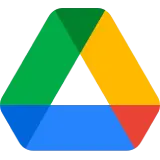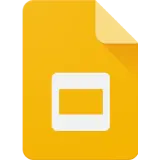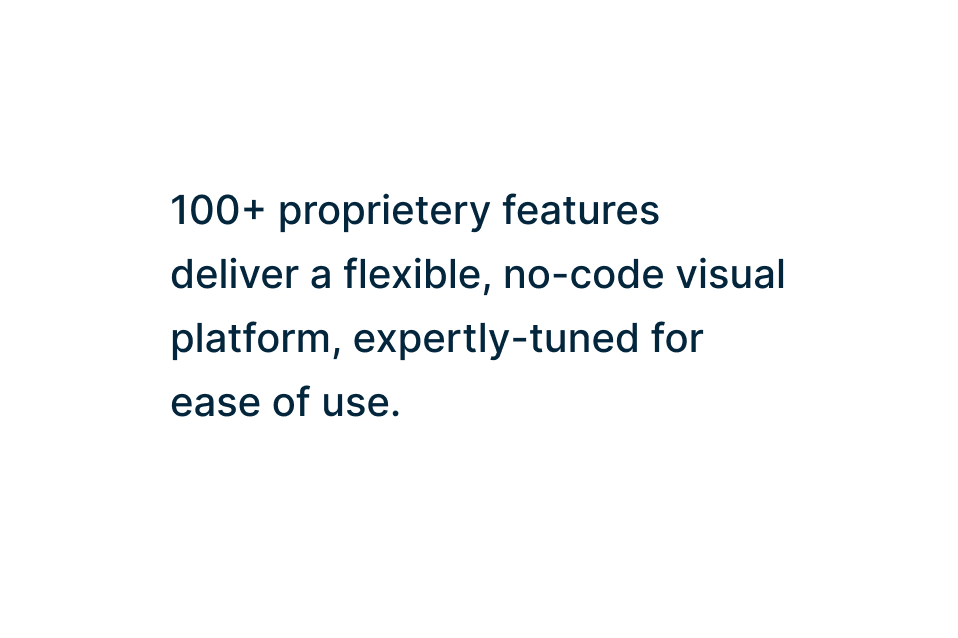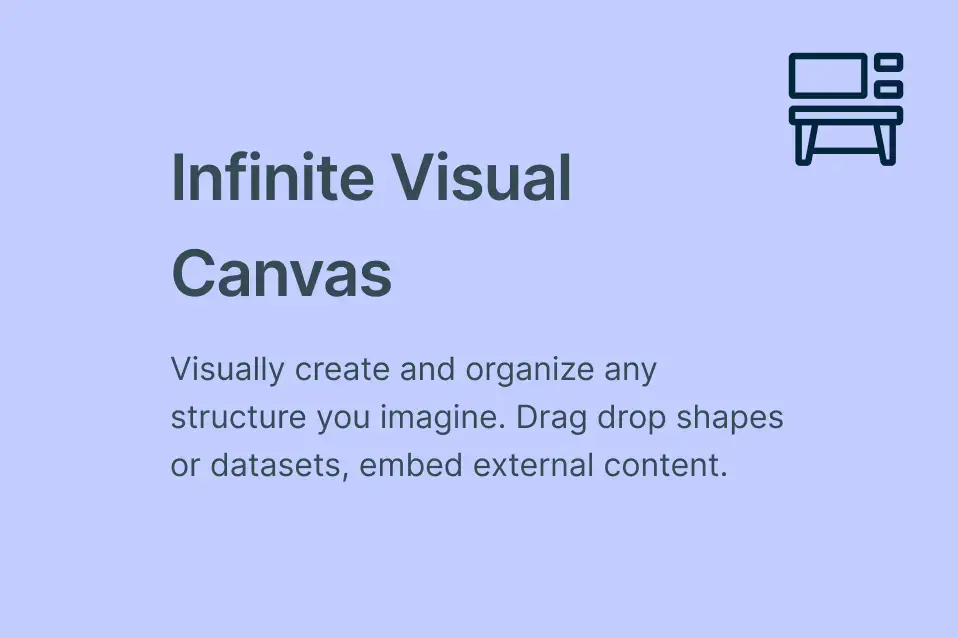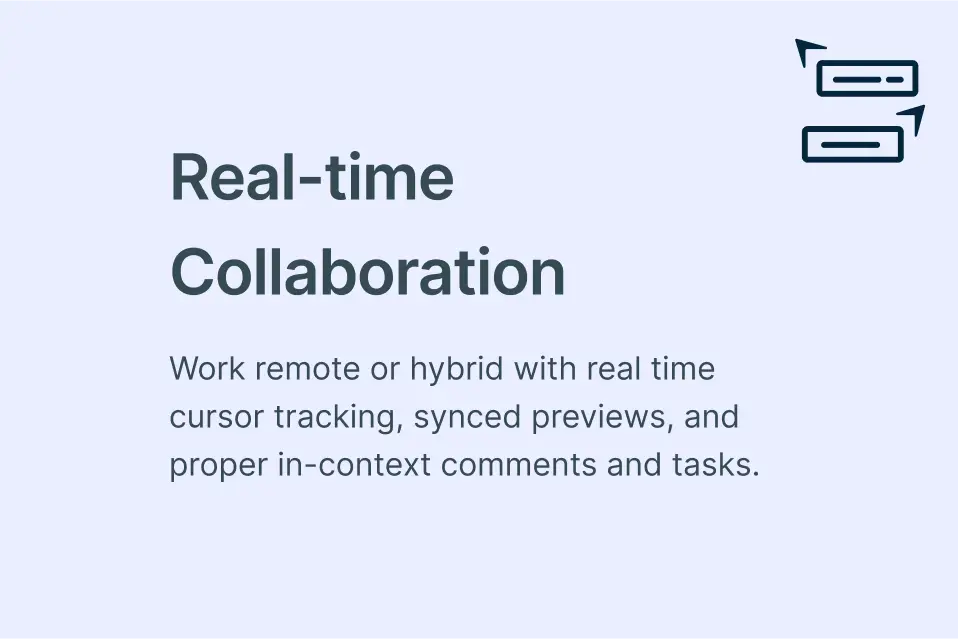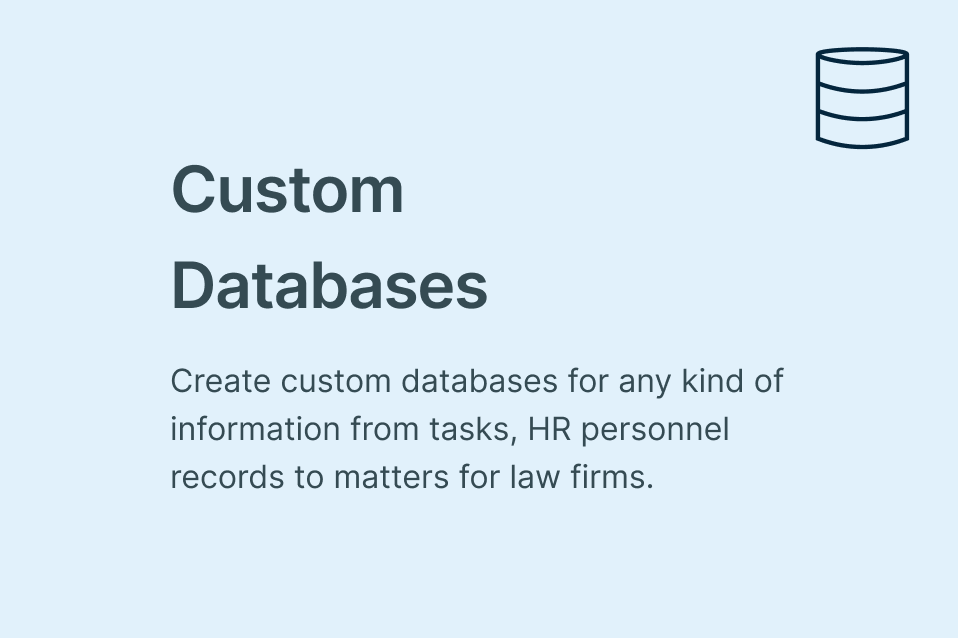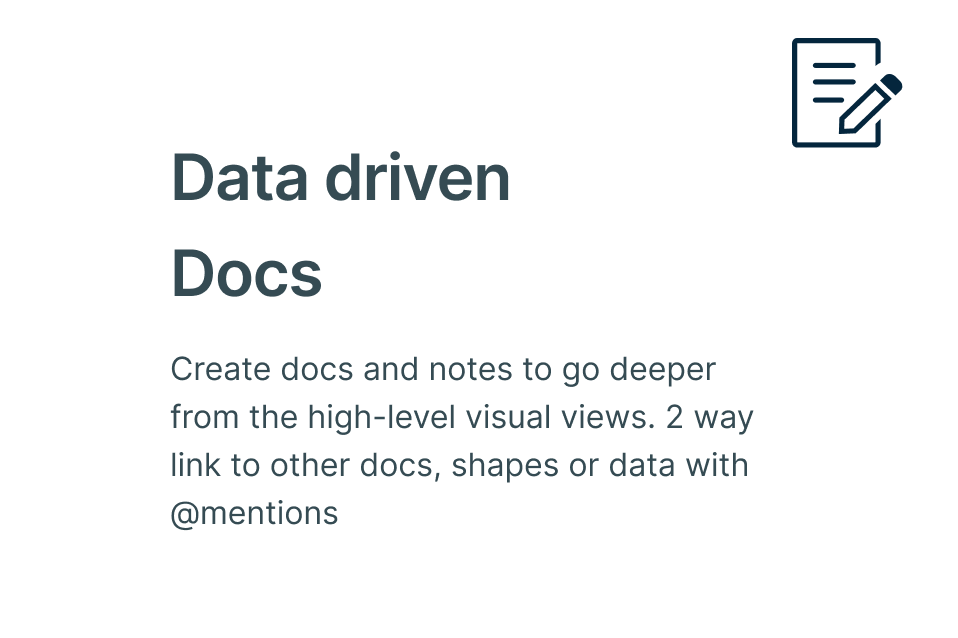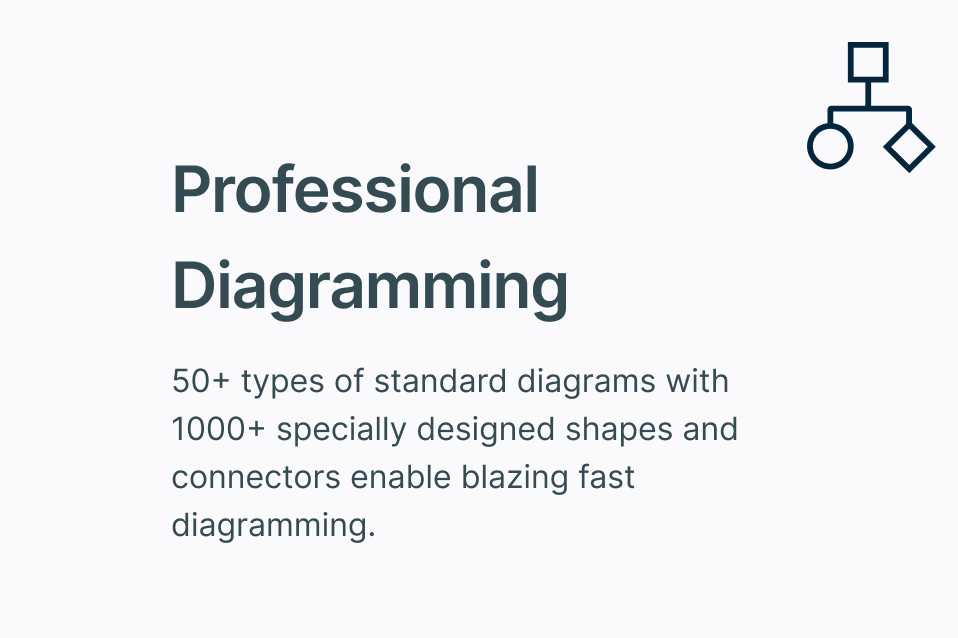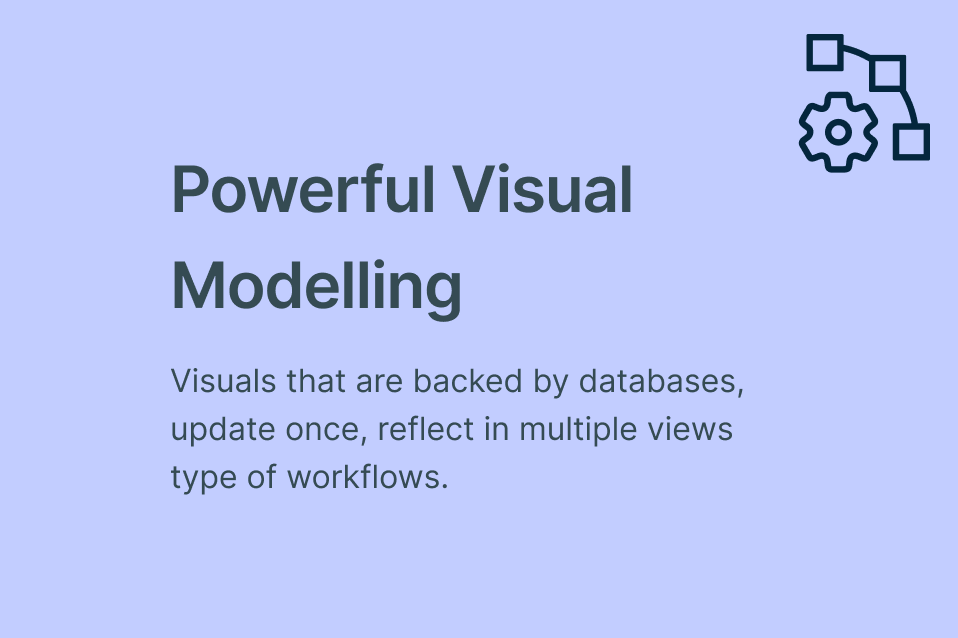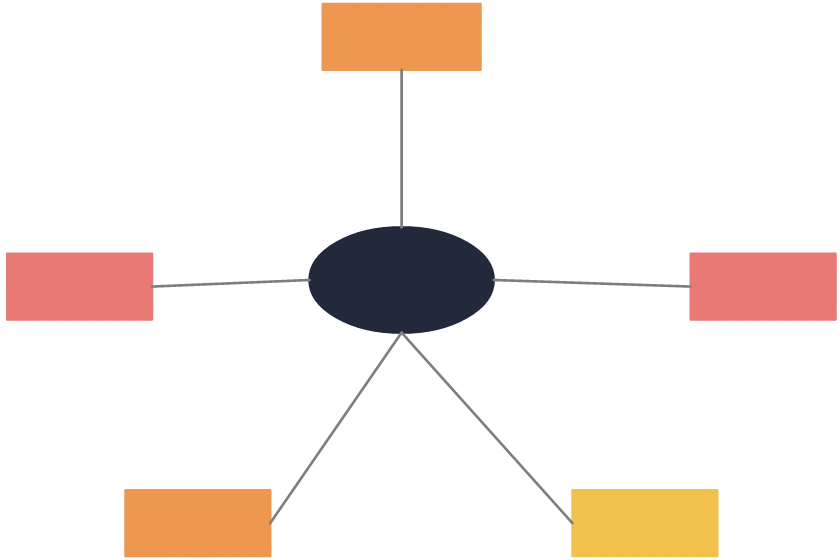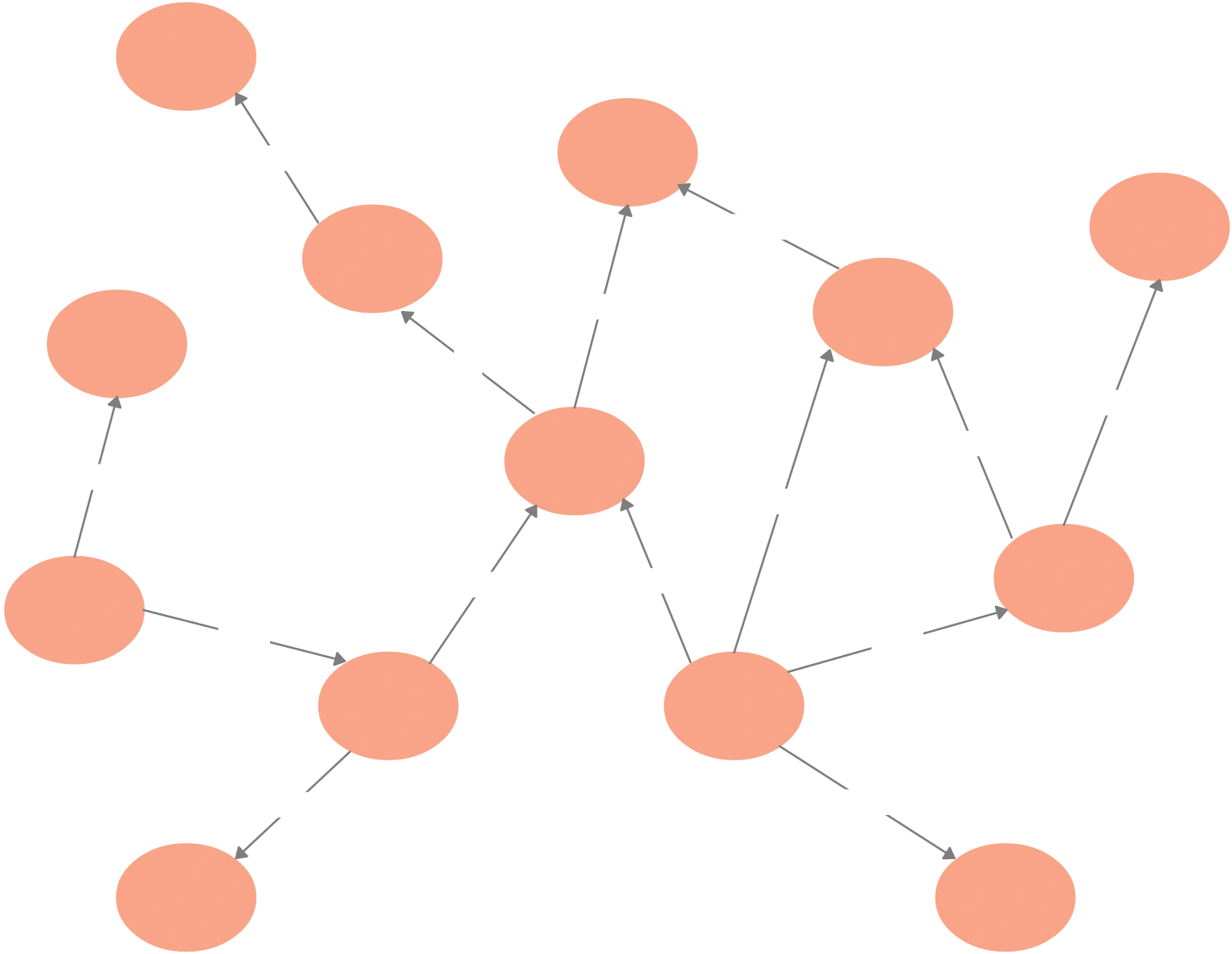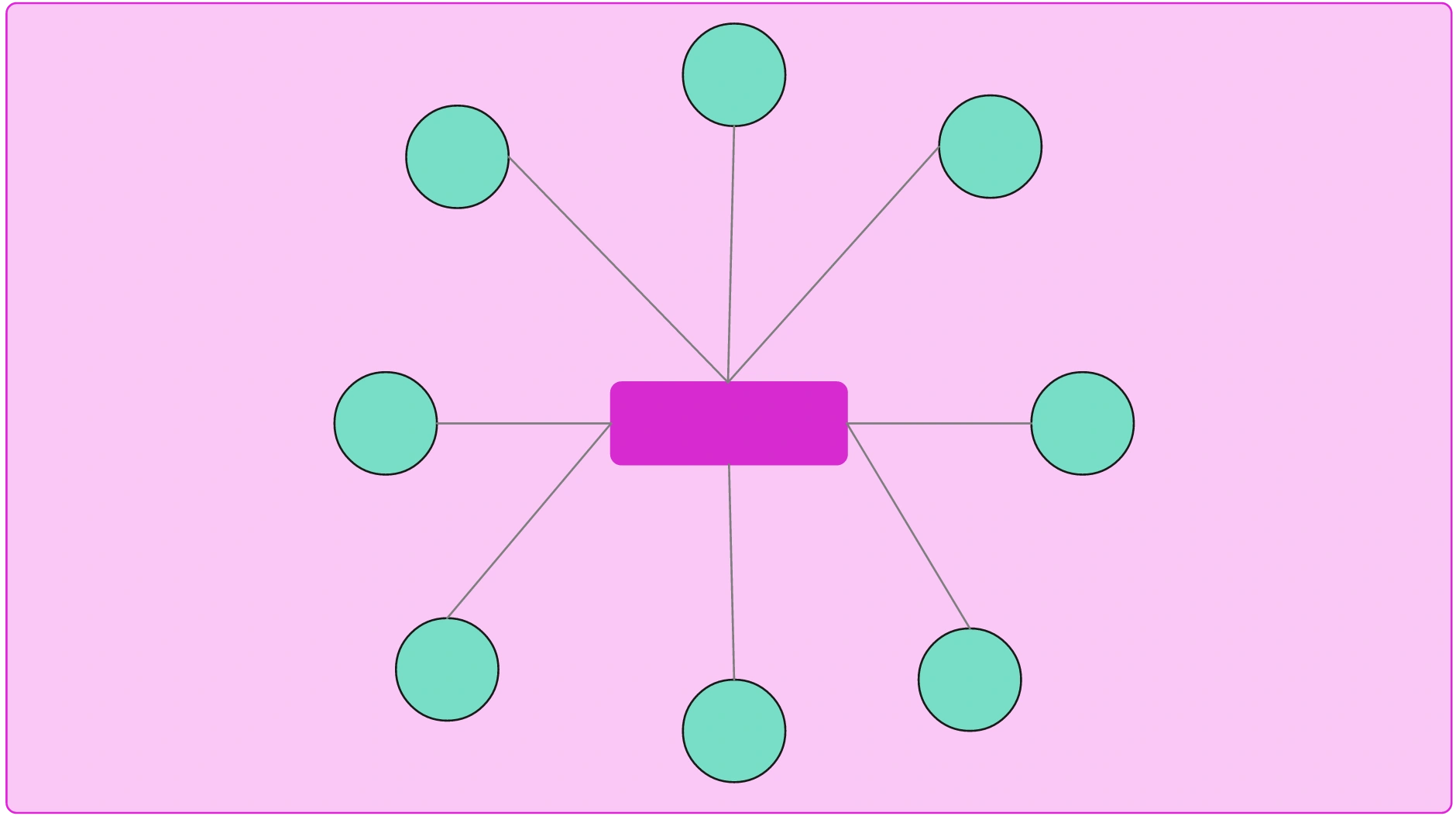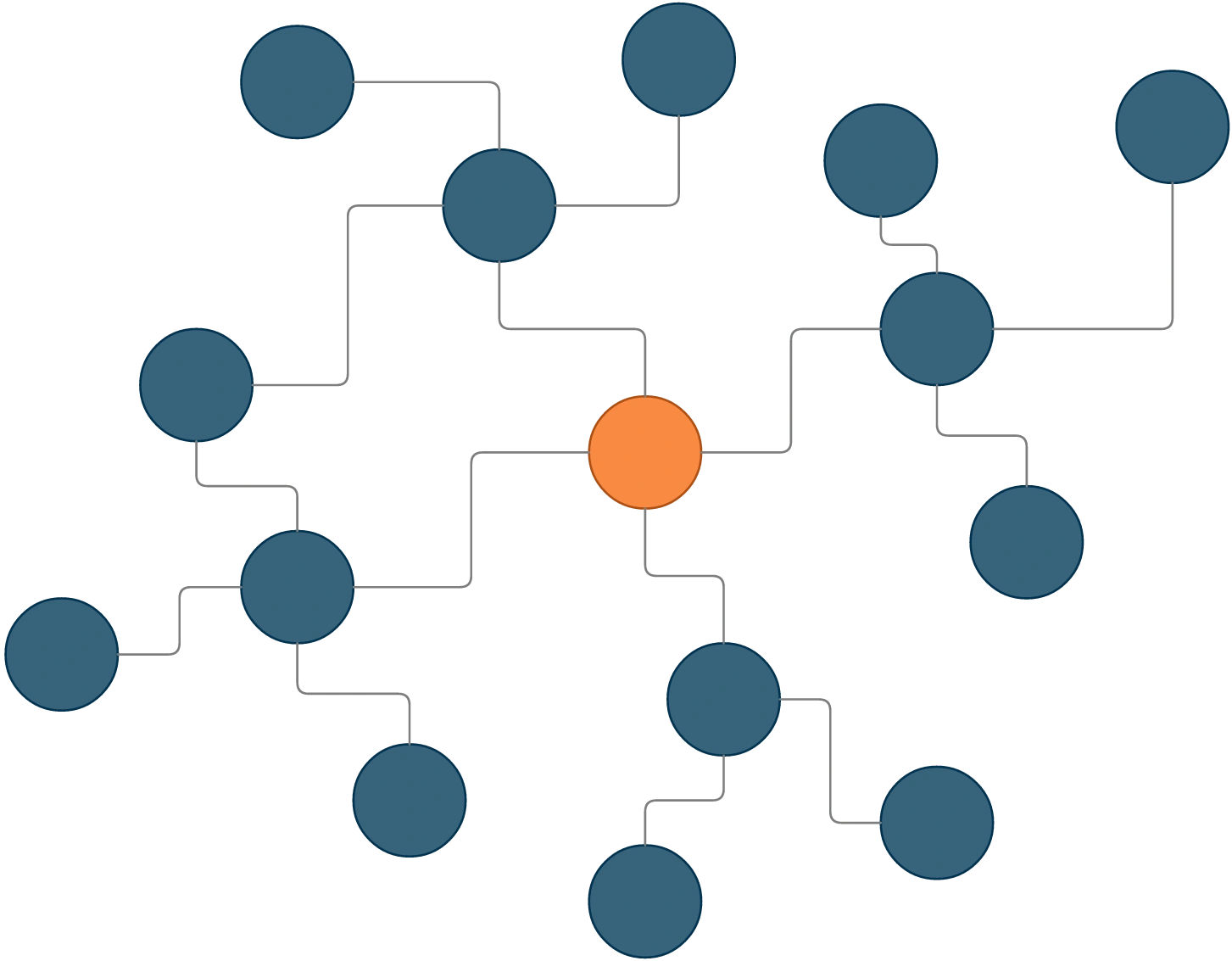Semantic Map maker
Visualize Word Webs and Build Associations with a Semantic Web Maker
A visual tool to strengthen vocabulary, linguistic skills, and word associations
Collaborate in real-time on vocabulary-building sessions
Compare new words with known terms to create logical word associations
Create visual ready-reckoners to boost comprehension

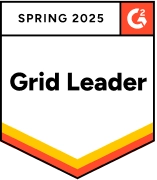 Diagramming
Diagramming Visual Collaboration
Visual Collaboration Org Chart
Org Chart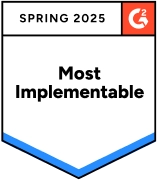



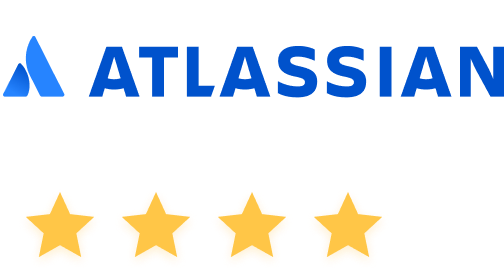




Build Logical Word Associations Instantly
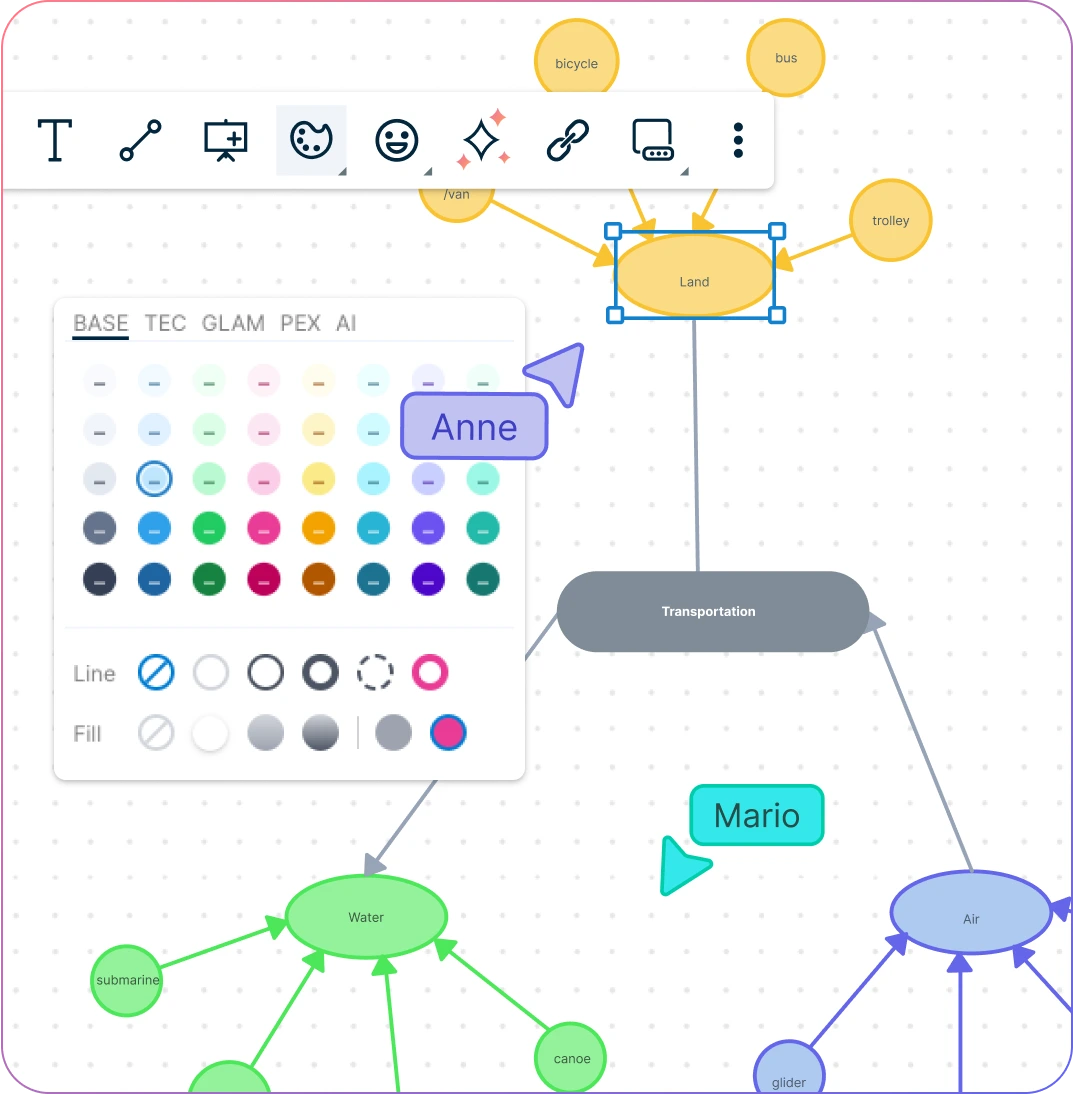
Drag and drop functionality to visualize word associations and patterns with ease.
Multiple styling options to color-code sections to build stronger word associations.
Add definitions, notes, or examples in the data panel to see word connections clearly.
Generate a complete semantic map to explore the relationships between words and concepts.

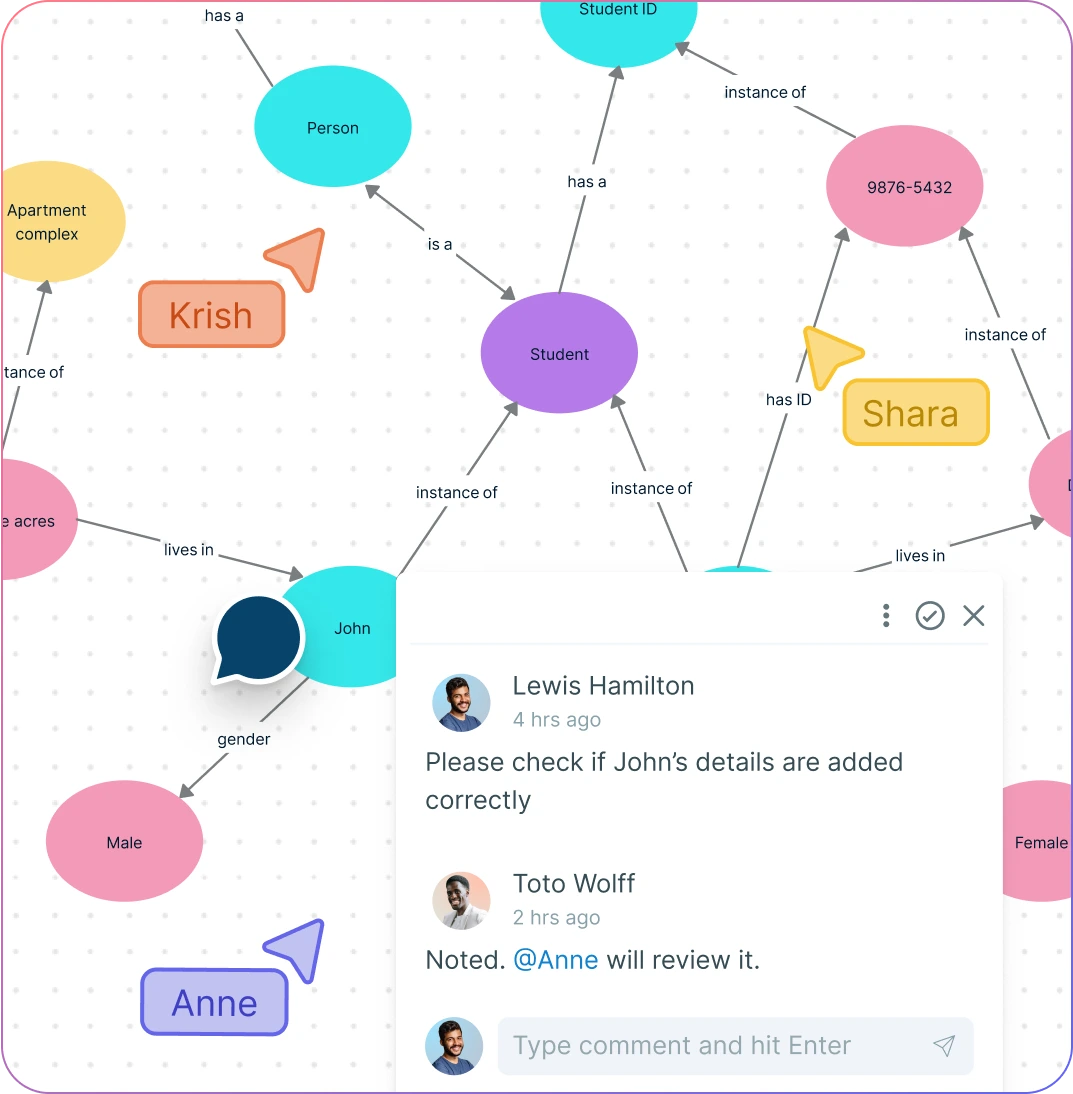
Conduct Vocabulary Building Sessions

Host real-time online sessions to collaboratively build semantic maps with students or peers.
Live mouse tracking to build semantic maps together.
Add comments, suggestions, and feedback directly on the semantic map for clear communication.
Share your word association maps instantly to foster group learning and discussion.
Collaborate seamlessly across devices with our cloud-based semantic web maker.
Understand How Words and Concepts Are Related
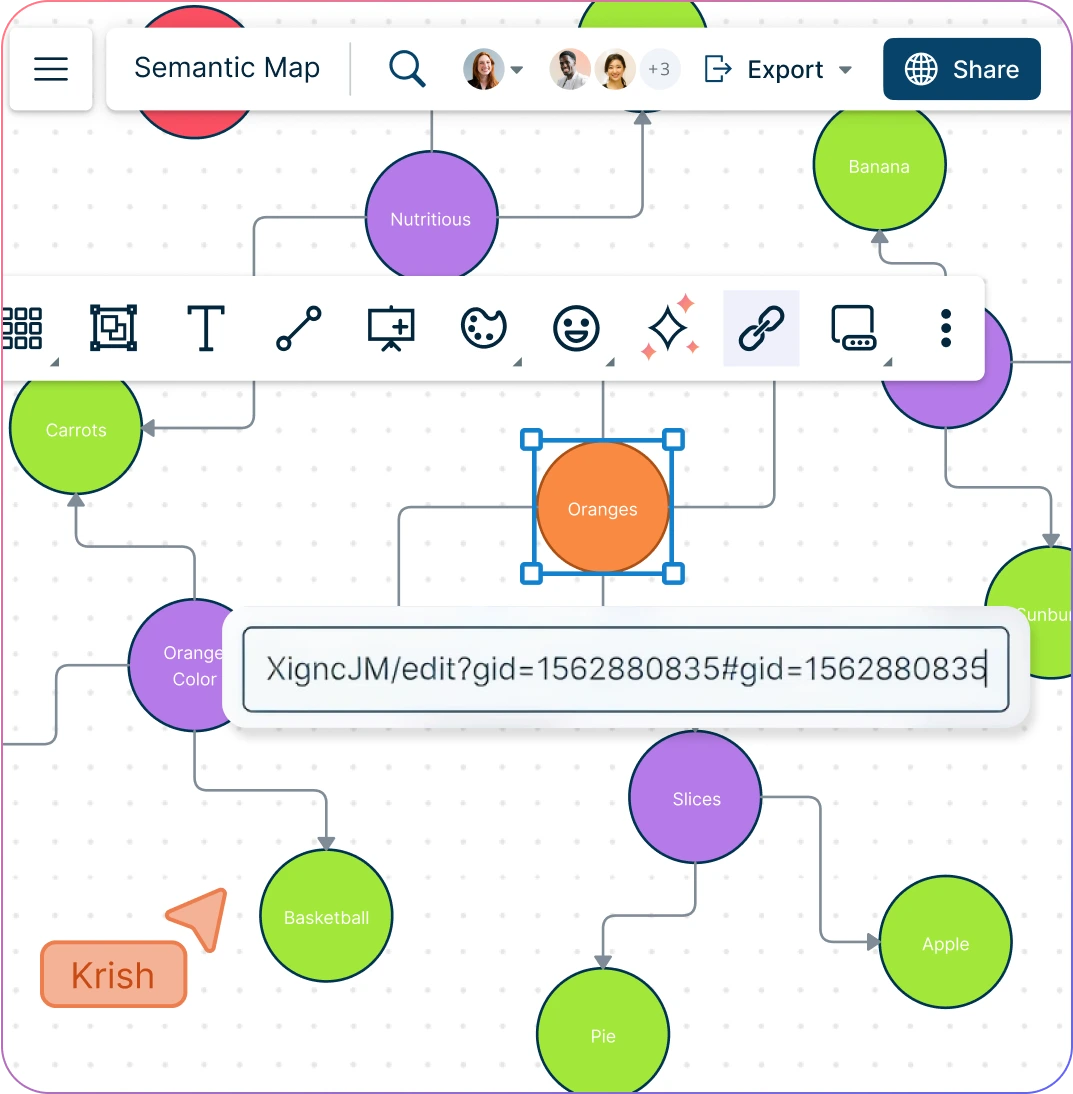
Add references, docs, and links to better understand the etymology of words and explain connections to other concepts with ease.
Advanced linking capabilities to connect to multiple other semantic maps to create complex connections.
Universal search to easily locate words in large semantic maps and identify associations.
Visualize word networks to analyze patterns and discover hidden semantic relationships.
Generate insights from your word association maps to improve learning and comprehension.

What Is a Semantic Map?
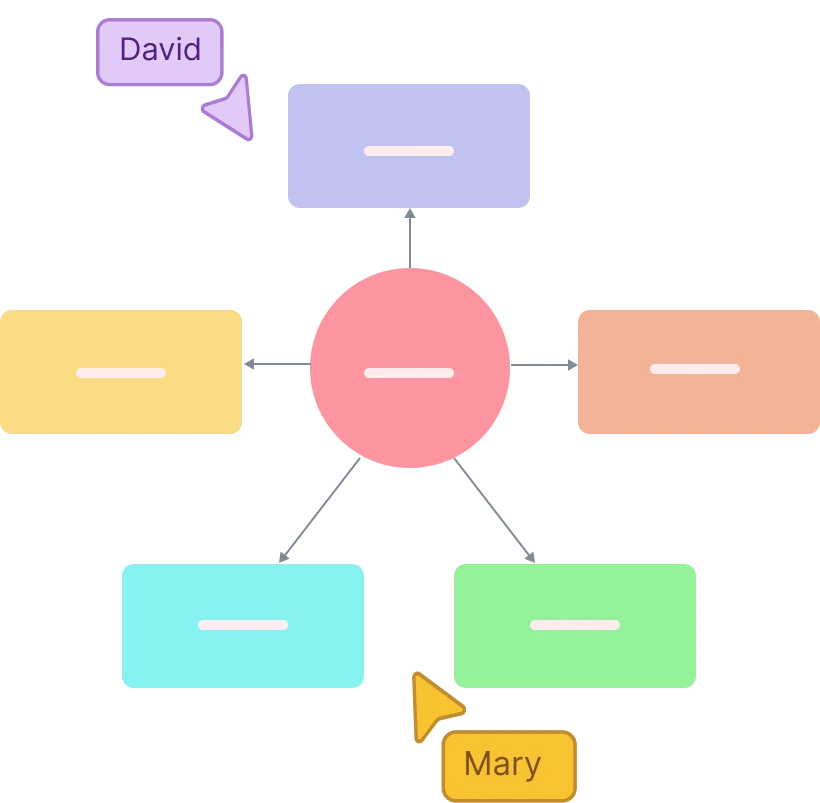
How to Create a Semantic Map
Launch Creately
Begin by opening a Creately workspace and selecting a semantic map template to get started quickly.
Choose Your Central Concept
Decide on the concept you want to create your semantic map around, choose the word to begin with, and list it in the center of the semantic map.
Branch Out Ideas
Create lines that branch off from the central concept to directly related ideas and add characteristics, notes, or sticky notes to enrich connections.
Customize and Collaborate
Use color-coding, icons, and styling options to visually organize your map, and invite peers or students to contribute using real-time collaboration and the notes panel.
Review, Update, and Share
Refine your word associations, link characteristics to additional concepts, and share the completed semantic map for learning, presentations, or brainstorming.
Create a Semantic MapQuickly Create Semantic Maps with These Free Premade Templates
FAQs About Creately's Semantic Map Maker
Is the Creately Semantic Map Maker free to use?
Can I use Creately’s Semantic Map Maker for language learning?
Can semantic maps created in Creately be reused or repurposed?
Can semantic maps be used in business settings?
What’s the difference between a semantic map and a concept map?


